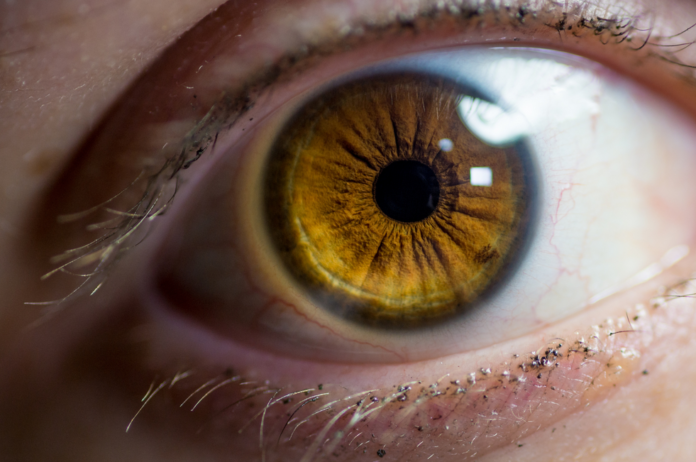Refractive errors are the most common type of eye disorder. In the United States, it affects more than 150 million individuals.
Some examples include hyperopia (farsightedness), myopia (nearsightedness), astigmatism, and presbyopia.
Fortunately, they can all be corrected with glasses or contact lenses. Laser surgery, such as LASIK or PRK, is also an option for those who don’t like wearing glasses or can’t tolerate contacts.
Thinking of getting it done? Want to know the differences between LASIK vs PRK? If so, you’re at the right place. Keep reading for everything you need to know!
What Is LASIK?
Laser-assisted in-situ keratomileusis (LASIK) involves creating a small flap in the topmost layer of the cornea; this will allow the surgeon to reshape and re-contour the corneal tissue.
This can help correct myopia, hyperopia, and astigmatism. You may experience some burning in your eyes after the procedure, but it should only last a few hours.
The doctor will give you some medicated eye drops to help with any irritation. If all goes well, your eyes should be fully recovered within a few days.
What Is PRK?
Photorefractive keratectomy (PRK) is another type of laser eye surgery that’s used to treat farsightedness, nearsightedness, and astigmatism. Instead of making a small flap, however, the surgeon will remove the entire top layer of the cornea; this will allow them to reshape the corneal tissue underneath.
Like LASIK, the doctor will prescribe some medicated eye drops to help keep your eye moist after the surgery. You’ll also need to return for regular checkups.
Generally speaking, your eyes should be fully healed within a month.
LASIK vs PRK: Which Should You Get?
Both LASIK and PRK are highly effective at correcting your vision; the results won’t differ as long as you get the procedure done by an experienced surgeon. With LASIK, however, your vision will improve faster.
PRK, on the other hand, has been around for longer and is considered safer and more effective in the long run. This has to do with the fact that LASIK leaves a small flap in the cornea, which can be subject to complications if your eye is injured.
Not only that, but the flap can also lead to eye dryness and visual disturbances such as halos around lights or glares from bright lights, which can sometimes be permanent.
In terms of cost, both surgeries cost between $2,500 and $5,000. While they aren’t usually covered by insurance, some providers may offer PRK or LASIK discounts from time to time.
Choosing Between LASIK and PRK Surgery
And there you have it—a LASIK vs PRK guide! As you can see, they both have their pros and cons. At the end of the day, it all comes down to candidacy and personal preference.
Did you find these LASIK and PRK tips helpful? Looking for more health-related articles like this? Then be sure to check out the rest of our blog!









